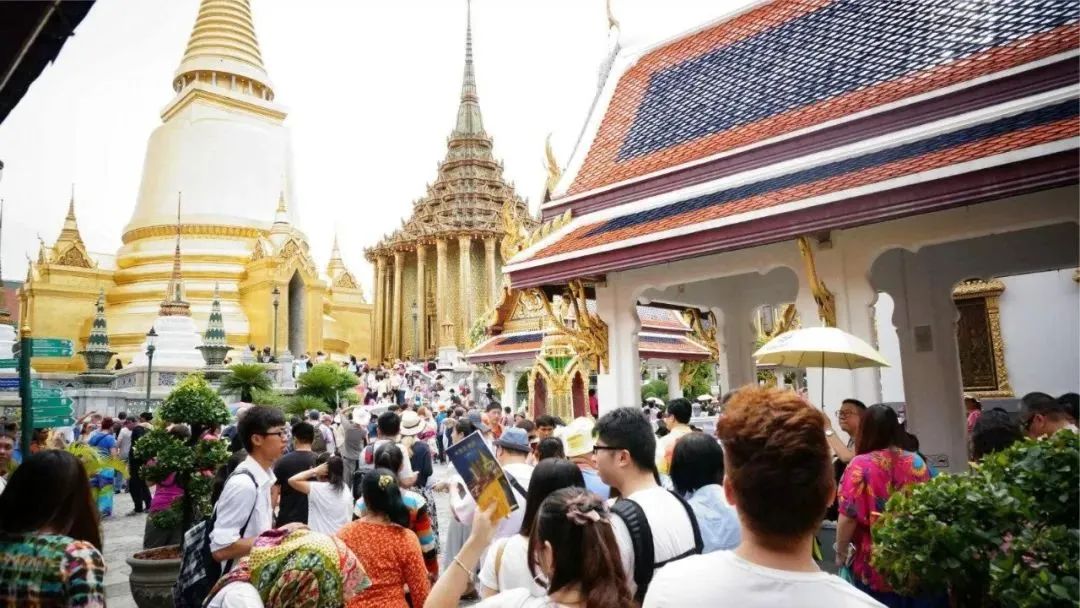
Etihad Airways is set to transform the Abu Dhabi–Kolkata route by introducing its cutting-edge Airbus A321LR aircraft starting September 26, 2025. This marks a significant milestone as Etihad brings its renowned wide-body luxury experience to a single-aisle aircraft for the first time on this busy medium-haul corridor, enhancing comfort and premium service across all cabins.
The A321LR is designed to deliver wide-body comfort with fuel-efficient technology, making it ideal for regional routes with increasing demand for premium travel. It features two exclusive First Class suites, 14 lie-flat Business Class seats, and a spacious Economy cabin accommodating 144 passengers, all equipped with next-generation amenities.
In First Class, passengers will enjoy fully enclosed suites with sliding doors, offering complete privacy, a fully lie-flat bed, and a companion seat for shared dining. Each suite is equipped with a large 20-inch 4K touchscreen entertainment system with Bluetooth audio pairing and Qi wireless charging. The suite also includes a cocktail table with wireless charging and custom headrest covers, creating a personalized luxury environment akin to Etihad’s flagship wide-body aircraft.
Business Class features 14 lie-flat seats arranged in a 1-1 herringbone layout, providing direct aisle access and window-facing orientation for enhanced privacy. These 78-inch beds come with 17.3-inch 4K entertainment screens, wireless charging, Bluetooth headphone pairing, and ample storage. The design balances passenger comfort with operational efficiency, as the seats do not have sliding doors to keep the aircraft’s range optimal in high-temperature environments.
The Economy cabin offers some of the widest seats in the industry for a narrow-body aircraft, measuring 18.4 inches in width with up to a five-inch recline and ergonomic support. Each of the 144 seats features a 13.3-inch 4K touchscreen, USB-A and USB-C charging ports, and access to Etihad’s state-of-the-art entertainment system. Thirty-six seats provide extra legroom, enhancing comfort on this medium-haul route.
Connectivity is a standout feature across all cabins. The A321LR is equipped with Viasat’s advanced multi-orbit satellite system, delivering high-speed Wi-Fi with speeds up to 1 Gbps, enabling seamless streaming, browsing, gaming, and live TV from gate to gate where permitted. Complimentary messaging is included for all passengers, with full connectivity available for premium customers.
This aircraft will serve not only the Abu Dhabi–Kolkata route but also other destinations including Chennai, Algiers, Athens, Bangkok, Copenhagen, Milan, Paris, Riyadh, Zurich, Tunis, and various Southeast Asian cities, expanding Etihad’s regional network with enhanced comfort and connectivity.
Etihad is also enhancing the end-to-end First Class experience with premium services such as 24/7 personal travel planning through Etihad Concierge, private chauffeur transfers, dedicated check-in counters, exclusive lounge access, porter services, personal escorts on arrival, and soon, home check-in and “Land & Leave” services in Abu Dhabi. First Class passengers at Zayed International Airport may even be chauffeured directly to the aircraft door in a private limousine.
This upgrade aligns with Etihad’s “Journey 2030” vision, aiming to double its fleet size, triple passenger numbers, and open 16 new destinations in 2025 alone. The introduction of the A321LR symbolizes a transformational moment for the airline, blending luxury, efficiency, and connectivity on short and medium-haul flights, and reinforcing its strategic commitment to the Indian market and beyond.
Passengers traveling between the UAE and India can expect a seamless, luxurious journey with the latest in comfort, entertainment, and connectivity, making Etihad a highly competitive choice for premium regional travel.



.jpg)







.jpg)







.jpg)









.jpg)



.jpg)






.jpg)
.jpg)
.jpg)


.jpg)

.jpg)
.jpg)







.jpg)
